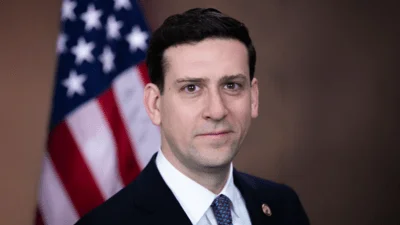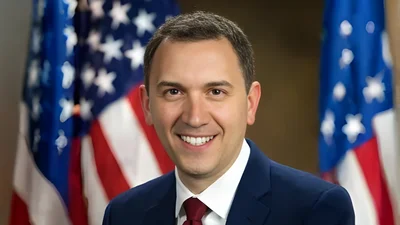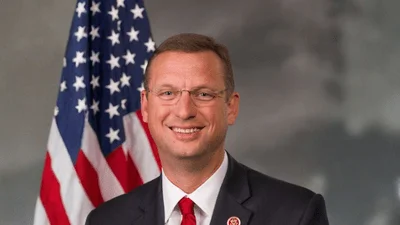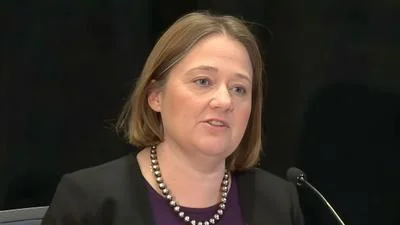Ecosystem Investment Partners (EIP) has announced the closure of its fifth fund, securing over $400 million in commitments and bringing its total capital raised to nearly $1.5 billion. This announcement was made through a press release.
According to EIP, the closing of Fund V reflects a strategic focus on large-scale ecological restoration. The firm creates credits used to comply with environmental regulations such as the Clean Water Act and Endangered Species Act. In response, American Stewards of Liberty (ASL) expressed concerns that "ecosystem investment" aligns with efforts to monetize nature through vehicles like natural asset companies, potentially undermining local control and private property rights—issues frequently raised by right-leaning property-rights advocates.
The Wall Street Journal reports that Fund V raised $401.3 million, approximately 12% less than the previous fund's $454.5 million. EIP now manages over $1 billion in assets. The report also notes that more than $125 million from Fund V has already been committed across nine projects in states including Florida, Kentucky, and California, aiming to restore 23 miles of streams and over 8,000 acres of habitat.
Global "nature finance" targets highlight the scale of investment being directed toward environmental projects. The United Nations reported that $8.1 trillion in cumulative investment is needed by 2050 for nature-related initiatives, suggesting annual flows could reach about $536 billion by mid-century. While proponents argue this mobilizes private capital for conservation efforts, critics warn it could expand technocratic control over land and resources if property rights are not adequately protected.
In terms of federalism within the United States, only Michigan and New Jersey administer assumed Clean Water Act Section 404 programs for "navigable waters," while most jurisdictions rely on the U.S. Army Corps of Engineers. The Environmental Protection Agency (EPA) finalized a rule in December 2024 to modernize 404(g) procedures aimed at streamlining additional state or tribal assumptions. Proponents believe broader assumption could enhance local control and accountability for landowners and developers.
The Corps' RIBITS database indicates there are more than 4,700 operational or pending mitigation bank and in-lieu fee project sites nationwide, alongside around 140 operational in-lieu fee programs. This demonstrates a mature marketplace for third-party ecological credits that funds like EIP utilize for deployment and exits.
Founded in 2006 with headquarters in Baltimore and an office on the West Coast in Sausalito, EIP invests in U.S.-based mitigation and restoration projects while marketing resulting credits to buyers needing offsets. The firm claims completion of over 90 projects across 19 states, restoring more than 53,000 acres of wetlands and 260 miles of streams.
A table comparing perspectives from Ecosystem Investment Partners and American Stewards of Liberty offers further insight into differing views on ecosystem investments:
Ecosystem Investment Partners Fund V — Key Figures & Reactions
| Topic | Ecosystem Investment Partners (EIP) story | American Stewards perspective |
|---|---|---|
| Nature as Investment | EIP is raising funds to finance restoration and mitigation projects, producing credits (e.g. wetland, habitat, water) as return‐bearing assets. Ecosystem Investment Partners | ASL cautions that the ecosystem model is monetizing functions of nature that are already externalities integrated into the value of the real property. Attempting to separate ecosystem services from the land and give ownership rights to investors is a deceptive way to control of the real property. |
| Purpose & Outcomes | EIP invests in restoration of wetlands, streams, habitat to generate ecological credits for developers needing offsets. Ecosystem Investment Partners | ASL finds that ecological credits simply shift the impacts created by an activity to another piece of land, and does not create a genuine benefit for ecology. In fact it creates more harm as the mitigation lands are repurposed for protection instead of being actively utilized in the manner most appropriate for that land. |
| Risk and Control | EIP’s model depends on regulatory demand (e.g. environmental offsets) as a steady buyer base. Ecosystem Investment Partners | ASL warns that such dependence could lead to centralized control, top‐down mandates, or privatization of environmental functions. EIP's model is dependent on government interference into the marketplace, using regulations to create a new industry that on its own would have no economic or ecological value. |
| Ideological Lens | The EIP story is largely technical / financial — focusing on restoration, capital deployment, demand for credits. | ASL views ecosystem credits as a path that will erode property rights, diminish civil liberties, and ultimately destroy American's ability to properly steward the land. |





